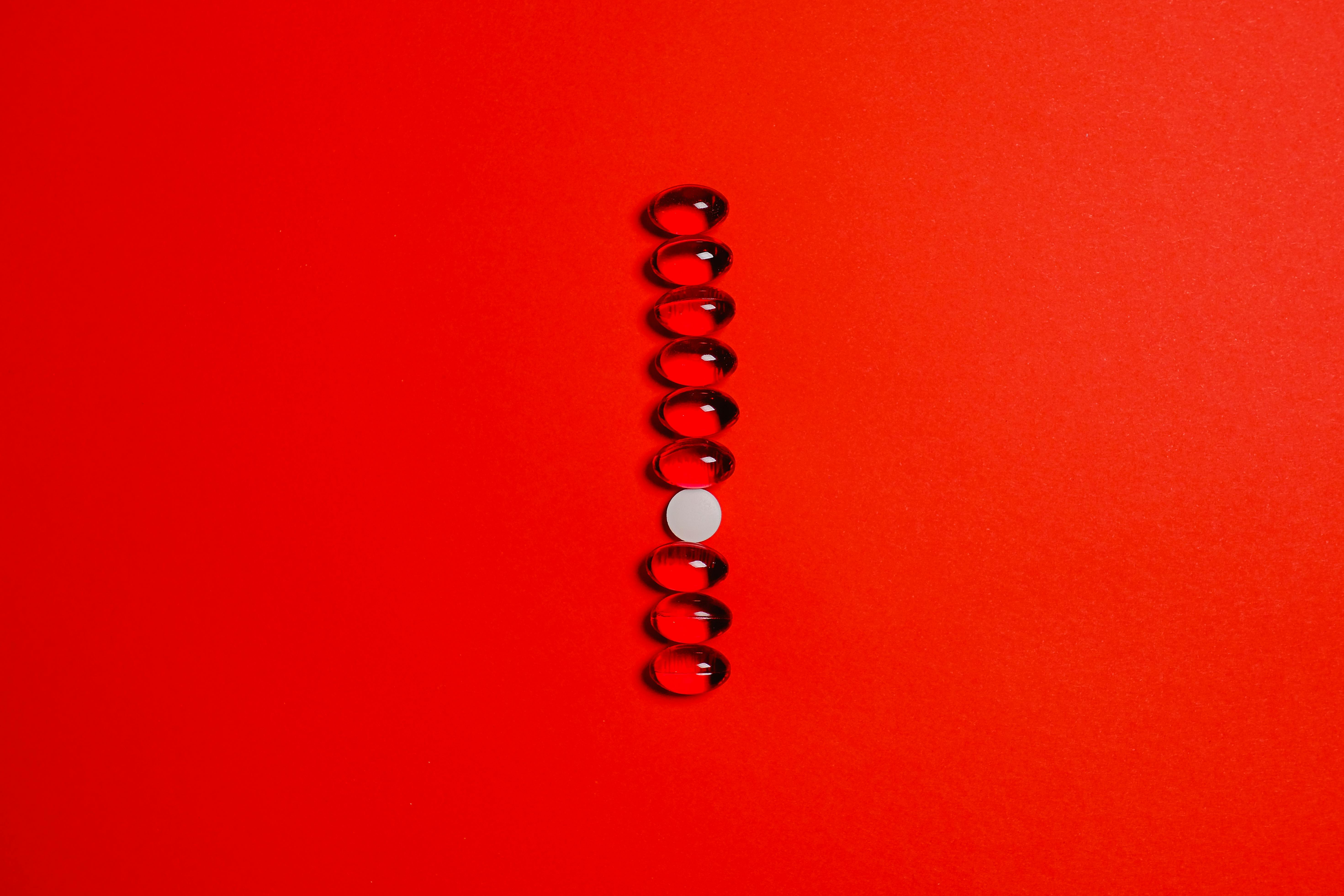My observation is that most day traders buy and sell on market orders. This strategy tells your broker or platform to buy when you fill an order as soon as you hit the enter button on your computer and buy immediately at whatever price the market is trading. I want to qualify this before I go too far down the road, I switch to a speculation style and run reasonably tight stops and try to let my winners run. Of course, who does not try to let their winners run? Many people, believe it or not, especially if they have a large number of contracts that they are trading relative to their future account balance, trade to keep from losing, rather than to maximize their profit potential.
They are fearful and trade defensively. It is not unusual to see a fearful trader trade the ES contract and bail out at one point, even though the market indicates that there is good potential for the trade to continue in the direction of the trade. They just want to get out before something bad happens. It goes without saying that trading in a fearful condition is not a pleasant experience and makes for a long day.
Let’s take a moment and talk a little bit about a strategy for entering trades. We will assume that you have identified a potential trade on the short side and are ready to accept that trade. Instead of placing a direct market order and buying the market that is traded when your order fills, why not set your short entry several ticks above the current market price and let the market come to you? Of course, you risk missing out on the trade if the price plummets, but that is a rare occurrence. Even in a trending market, the price tends to bounce and your buy order is likely to be filled above the market price. You just saved half a point. You can look at your average true range indicator to see how the market has ranged and base your entry, to some extent, in a range-bound manner. However, in completely flat markets, this may not be a good strategy. Then again, I’m not very enthusiastic about trading flat and choppy markets anyway.
Now let’s talk a little bit about scaling out of a trade. If you have read any of my articles, you know that I usually have a specific profit target and a specific stop loss point in mind. In this example, I am going to trade 3 contracts and my profit target is 15 ticks on the ES Emini contract. In a trade like this, I will generally exit the trade. A good trading platform will allow you to set specific strategies to sell at different prices. I use Ninja Trader and I can preset my exit strategy as follows: I am going to sell 2 of the contracts with a profit of 10 ticks and 1 contract with the profit target of 15 ticks that I had in mind.
You can use any variation of selling strategies that you are comfortable with and most good trading platforms allow up to 3, sometimes 4, separate levels to scale out of your trade. You can preset these strategies and name them in a way that allows you to choose which one to use simply by clicking on the strategy to use. For example, I called this strategy on my platform 3x10x15. It’s my own nomenclature, but I know that this means 3 contracts with exits at 10 and 15 ticks. I usually get out of a larger part of my contract on the first out to secure a nice profit and let the last contract run. I can even move the stop on the single contract if I see a market start to move sharply in the direction I am trading.
One of the maxims I live by is to never let a winning trade turn into a losing trade, and scaling out of a contract is a great way to ensure you make a good profit while allowing yourself the freedom to let a contract work. It goes without saying that. there are endless possible escalated outputs that you can employ. In my trading, and I can’t fully explain why, I tend to trade an odd number of contracts and lock in most of my contracts at the first exit point, then manage the rest of the contracts as the trade unfolds.
Entering a trade the right way and scaling out of the trade is an idea that you may want to employ in your trading, especially if you are trading out of fear. (On the other hand, if you’re trading too fearfully, it might be wise to take a break from trading and regroup.)
In single contract trades, I usually only do trades in parentheses, since scaling with a single contract is not possible. Try buying at the price you want with the method above and scaling out of a trade and see if that doesn’t turn out to be a profitable strategy for you. It gives you a little more control of the trade and gradually reduces the risk in the trade.




